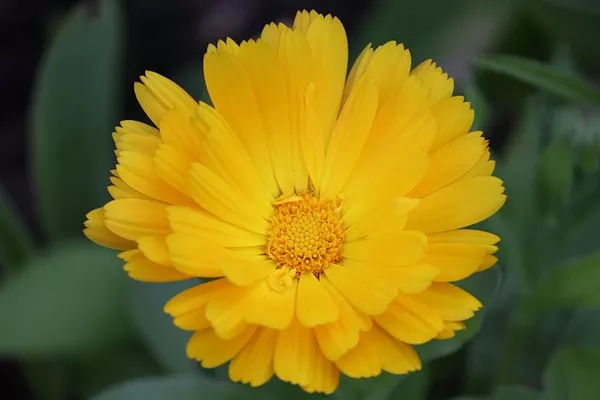Coneflowers (Echinacea spp.) are beautiful and resilient perennial flowers that add a vibrant burst of color to any garden. With their attractive daisy-like blooms and ability to thrive in various growing conditions, coneflowers have become a popular choice for both novice and experienced gardeners. This article serves as a comprehensive guide to successfully planting and cultivating coneflowers, ensuring they flourish and provide beauty to your outdoor space year after year.
Choosing the Right Location:
Selecting the ideal location is crucial for the successful growth of coneflowers. These hardy plants prefer full sun to light shade and well-drained soil. Choose a site that receives at least 6 hours of sunlight daily, as coneflowers thrive in sunny conditions. Avoid planting them in areas with excessive moisture or where water tends to pool, as they are susceptible to root rot in overly wet conditions.
Preparing the Soil:
Before planting coneflowers, prepare the soil to provide them with the best possible environment for root development and growth. Loosen the soil to a depth of 12-18 inches and amend it with organic matter, such as compost or well-rotted manure. This improves soil structure, enhances drainage, and adds essential nutrients for healthy plant growth.
Planting Coneflowers:
The optimal time for planting coneflowers is in the spring or fall when the soil is not too cold or too hot. Follow these steps for successful planting:
Dig a hole slightly larger than the root ball of the coneflower plant.
Place the plant in the hole, ensuring that the top of the root ball is level with the surrounding soil.
Fill the hole with soil and gently press down to eliminate air pockets.
Water the newly planted coneflower thoroughly to settle the soil and provide necessary hydration.
Watering and Maintenance:
Coneflowers are drought-tolerant once established, but they require regular watering during their initial growth phase. Water the plants deeply once a week, allowing the soil to dry slightly between waterings. Avoid overwatering, as this can lead to root rot. Once established, coneflowers can generally rely on natural rainfall, but it’s essential to water during prolonged dry spells.
Mulching:
Applying a layer of organic mulch around coneflowers helps retain moisture, regulate soil temperature, and suppress weed growth. Apply 2-3 inches of mulch, leaving a gap around the plant’s stem to prevent moisture accumulation and potential rot. Mulching also adds organic matter to the soil as it breaks down, enriching the growing environment.
Fertilization:
Coneflowers generally do not require heavy fertilization, as they are adaptable and can thrive in average soil conditions. Over-fertilization can lead to excessive foliage growth at the expense of flower production. However, a light application of a balanced, slow-release fertilizer in the spring can provide an extra boost for healthy growth and blooming.
Deadheading and Pruning:
Deadheading, or removing faded flowers, encourages coneflowers to produce more blooms and prolongs the flowering season. Snip off the spent flowers just above the first set of healthy leaves or a lateral bud. Additionally, pruning coneflowers in late winter or early spring, before new growth emerges, helps maintain a neat and tidy appearance while removing any winter-damaged foliage.
Division and Propagation:
Coneflowers benefit from occasional division, typically every 3-4 years, as this encourages rejuvenation and prevents overcrowding. To divide coneflowers, carefully dig up the clumps, and gently separate them into smaller sections with healthy roots. Replant the divisions in prepared soil, ensuring they have enough space to grow and develop.
Propagation of coneflowers can be done through seed or root cuttings. Collect seeds from mature plants in the fall and sow them directly in the garden or in seed trays indoors. Root cuttings taken in the spring can be planted in pots until they establish roots and are ready for transplanting.
Pest and Disease Management:
Coneflowers are relatively resistant to pests and diseases, but occasional issues may arise. Keep an eye out for common pests such as aphids, thrips, and spider mites. In case of infestations, treat the plants with horticultural soap or insecticidal sprays as needed.
To prevent diseases, ensure good air circulation around the plants and avoid overhead watering, which can encourage fungal infections. If any signs of disease are observed, promptly remove and dispose of affected plant parts to prevent spreading.
Conclusion:
Coneflowers are a delightful addition to any garden, attracting pollinators and providing an impressive display of vibrant blooms. By choosing the right location, preparing the soil, and following proper planting and care techniques, you can ensure the successful cultivation of these hardy and versatile perennials. With their low-maintenance nature and beautiful blooms, coneflowers will continue to enhance your garden’s beauty for many years to come.


